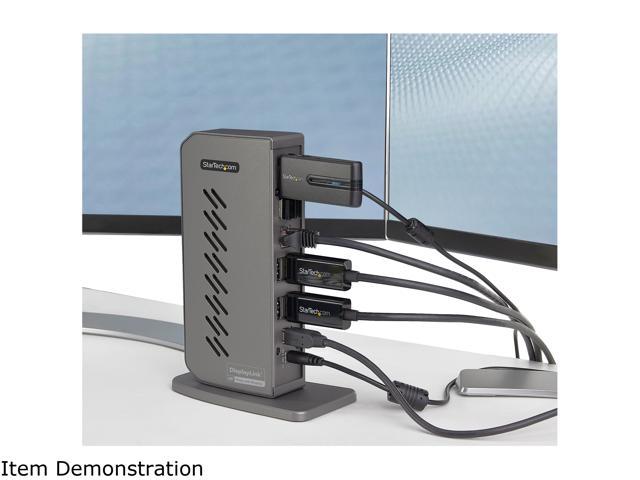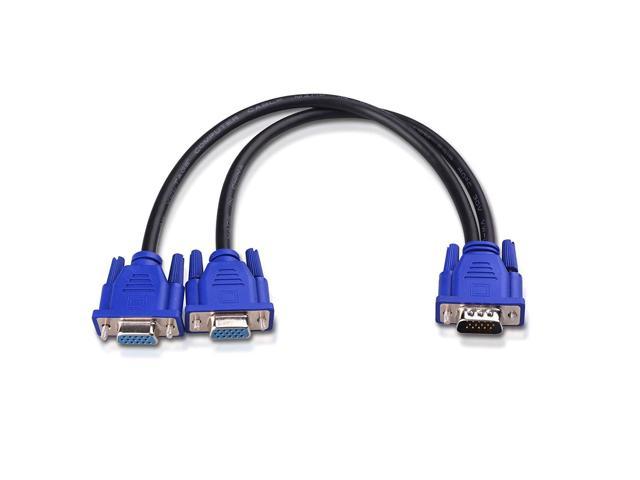Designing an efficient drilling program is a key step for the development of an oil or gas field. Geomechanics, which considers all thermohydromechanical phenomena involved in rock behavior, plays an important role in every operation involved in the exploitation of hydrocarbons, from drilling to production, and in CO2 geological storage operations as well. This book offers an overview of applications of geomechanics to the petroleum industry. It presents the fundamentals of rock mechanics and describes the methods used to characterize rocks in the laboratory and the modeling of their mechanical behavior. It gives elements of numerical geomechanical modeling at the site scale and demonstrates the role of geomechanics in the optimization of drilling and production and encompasses drillability, wellbore stability, sand production, and hydraulic fracturing. It also shows how seismic monitoring and geomechanical modeling of reservoirs can help optimize production or check cap rock integrity. This book will be of interest to all engineers involved in oil field development and petroleum engineering students, whether drillers or producers.















